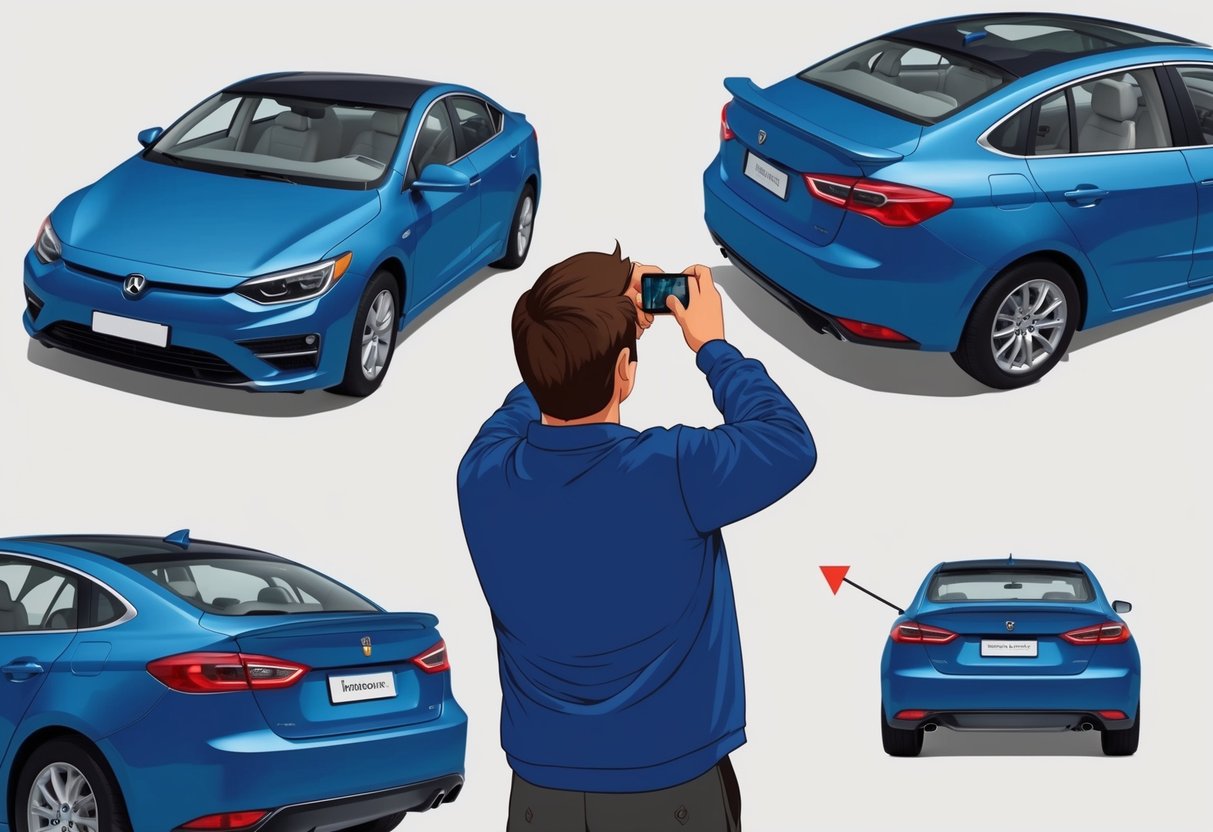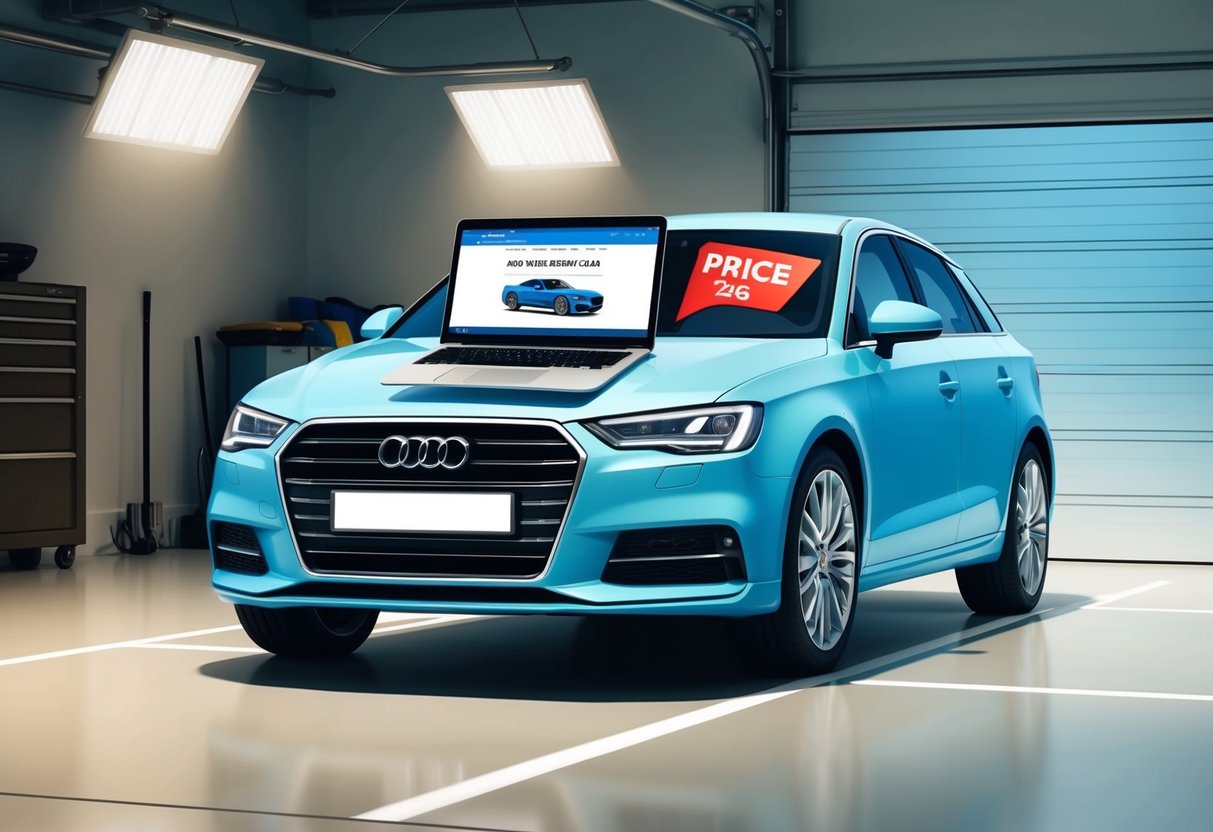
Setting the Optimal Price

To get the best price when selling a car online, it is vital to analyze current market conditions and use accurate valuation tools. Factors such as the car’s make, model, year, mileage, and local demand impact final sale price and trade-in value.
Researching the Market
Sellers who want to maximize their car’s value need to review pricing trends for similar vehicles in their area.
They should look at local listings for comparable models, focusing on year, trim, mileage, condition, and features.
Comparing at least five to ten similar listings helps identify a competitive price range. Pay attention to whether cars are selling quickly or sitting unsold, since high inventory can necessitate a lower asking price.
Factors such as seasonality, fuel type, and current demand also play a role. For instance, a 4×4 or SUV may sell at a higher price in winter months in colder regions.
Sellers may also want to review market-driven pricing guidance from trusted automotive resources.
Key points to evaluate:
- Model year and mileage
- Condition (accident history, repairs, wear)
- Optional features or packages
- Vehicle popularity
Using Online Valuation Tools
Accurate online car appraisal tools are important for estimating both private party value and trade-in value.
Tools like those provided by Kelley Blue Book (KBB), Edmunds, or NADA Guides let sellers input detailed car information—VIN, mileage, trim, color, and condition.
These platforms use current and historical data to generate a price estimate tailored to the seller’s local market. Outputs typically include separate values for private sale price, dealer retail value, and trade-in value.
It is recommended to check several sources, then average the results for a more accurate appraisal. For added accuracy, sellers can also compare estimated values against local listings using market pricing comparison sites.
Maximizing Value Selling Privately

When selling a car privately online, owners can often secure a higher selling price than through dealers or trade-ins.
Success depends on managing buyer interactions directly and ensuring a safe, organized process.
Managing Direct Buyer Communication
Effective communication with potential buyers is crucial in a private sale. Promptly responding to inquiries helps maintain interest and demonstrates professionalism.
Sellers should clearly state the car’s condition, provide maintenance records, and be transparent about any accidents or repairs.
Negotiating directly allows owners to justify their asking price by referencing comparable market listings, mileage, and recent maintenance.
Stating a firm, well-researched price based on tools like the Kelley Blue Book value can attract serious buyers and reduce lowball offers.
When discussing payment, emphasize secure methods. Accepting a cashier’s check is recommended over cash or personal checks, as this reduces the risk of fraud.
Establish all terms in writing to prevent misunderstandings and confirm details before proceeding to the sale.
Handling Test Drives Safely
Test drives are a normal part of any private sale, but safety should never be overlooked.
Always meet in a public location such as a busy parking lot or near a police station. Bring a trusted friend along if possible, and request to see the buyer’s driver’s license before handing over the keys.
Remove valuables from the vehicle and consider taking a picture of the license plate the buyer arrives in.
Limit test drives to a reasonable route and accompany the buyer during the drive. Clearly explain any ground rules before the test drive begins.
After returning from the test drive, verify that the car was returned in the same condition.
Never hand over the car or vehicle title until payment has cleared, especially when accepting a cashier’s check.
Following these steps minimizes risks and helps ensure a secure, successful transaction for both parties.